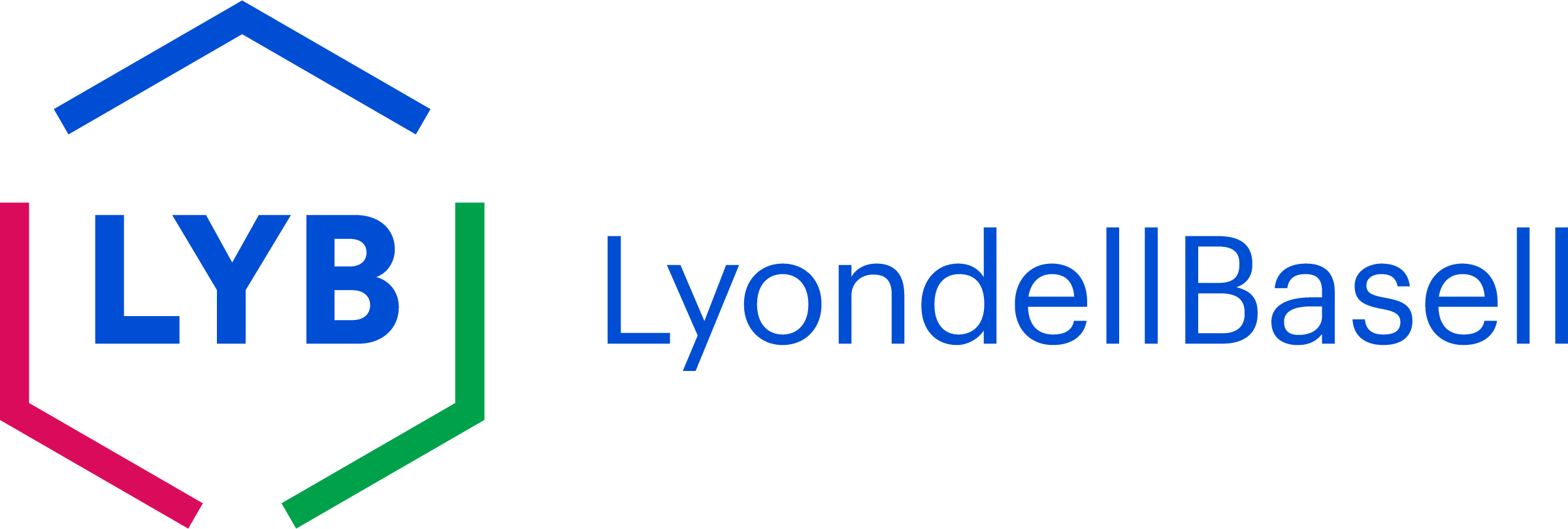This article, written by LyondellBasell Senior Vice-President, Strategic Planning and Transactions, Ronald Haddock, was originally posted by the World Economic Forum as part of a series focusing on the transformation of the chemicals industry.
The chemical industry cannot change its image without a deliberate and significant sustainability transformation. This agenda must be both broad and deep. The magnitude of investments required to become more sustainable is daunting and the challenge is to pace initiatives and investments that balance progress on sustainability objectives with shareholder expectations for acceptable returns.
Mega trends shaping the chemical industry over the next five to 10 years (and beyond) are the foundation for the strategic scenarios in which these decisions and investments will be made and they continue to offer a framework to structure the industry’s position. They include energy and resource transitions, changes in consumer buying habits, changing needs for and from agriculture (especially given the dual use of traditional food sources as feedstocks for chemicals production), post-globalization changes in trade flows, changes in the consumption of consumer and healthcare products, and new digitally-enabled business models that change how chemicals products are bought and sold.
The pace of change continues to accelerate, driven by changes in regulation, technology, consumer buying behaviours, new markets and shifting sources of feedstocks.
Chemical and advanced materials companies are getting ready to make investments within strategic scenarios that include, for example:
-
The pace of transition to net-zero, with distinct differences across geographies, with a clear need to reduce overall greenhouse gas (GHG) emissions that get them to net-zero on Science Based Targets initiative (SBTi) timelines.
-
The increase in localization of value chains, which themselves have to become far more circular and sustainable in terms of recycled-based materials and reduced emissions.
-
The dislocations in historical trade flows impacting arbitrage of feedstocks and product flows with investments in sustainability that can meet expected returns within investment time horizons that are being disrupted by changes in flows.
-
The plastics value transition from convenience to performance and sustainability products, in some cases eliminating products that won’t meet sustainability objectives while creating new ones that substitute other, less sustainable materials and a better understanding of post-use value.
These four scenarios are not mutually exclusive and represent the context in which strategic decisions and investments are currently being made at the enterprise level.
Focused on objective-setting
Facing the breadth of the sustainability challenges ahead, companies will increasingly need to formulate, commit to, and deliver against specific sustainability objectives. As an example, LyondellBasell has developed specific objectives across over twenty targets today including:
-
Reducing GHG emissions: Scope 1 and 2 initially, then Scope 3 across entire value chains. This will require, at the individual enterprise level, significant cumulative investment.
-
Circularity: dramatically reducing waste that goes into landfills, oceans, etc., via value chains and business models that extend the lives of materials as long as technically and economically feasible.
Achieving much greater sustainability requires a careful rebalancing of the policy and business mix to meet the needs of multiple stakeholder groups while ensuring the chemical industry is economically sustainable and can continue to attract investments. At the enterprise level, this requires a deeper understanding of customer and consumer demand-side requirements while simultaneously developing more sustainable solutions via existing and emerging technologies and business models.
What we need to understand as an industry, to make these decisions for each company, is how the industry is likely to evolve and what strategies can succeed. Key questions to address include:
-
Customer/demand side: What are the specific sustainability requirements that chemical companies need to be able to deliver to meet the buying criteria of customers? What are the substitute products that may offer better monetary value for customers to meet the criteria? What are the buying behaviours of different customers and brand segments, and which can be served profitably? What mix of offerings can satisfy customer needs where there is a realistic willingness to pay that will sustain supply-side offerings?
-
Supply side: What technologies are available and what investments are required to meet net-zero and materials circularity commitments? What sequencing of investments is economically feasible and can sustain a transition to lower emissions and greater circularity?
-
Getting to scale: What investment strategies over the next five to 10 year event horizon can achieve viable, economic scale that will allow chemical companies to justify investments to their shareholders? What regulatory conditions are required to create a playing field in which investments and actions at the enterprise level will be supported?
The technologies that are required to drive toward greater sustainability are either already available or sufficiently well understood that it is possible to anticipate many of the investments required for the next wave of sustainability improvements. Clearly, technology and associated business models will continue to evolve. Therefore, the challenge for the chemical industry is finding the right balance that addresses the challenges and new opportunities from sustainability goals while also being economically viable and attractive to shareholders who will rightfully demand acceptable financial performance.

